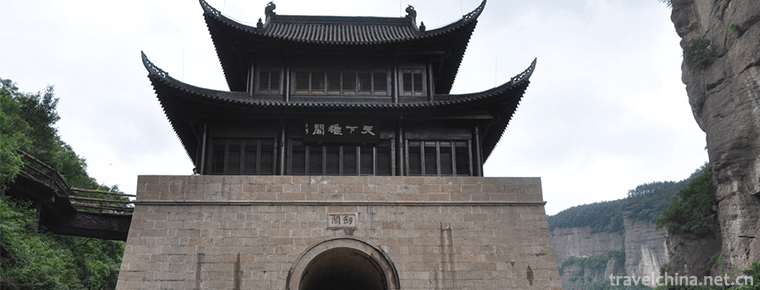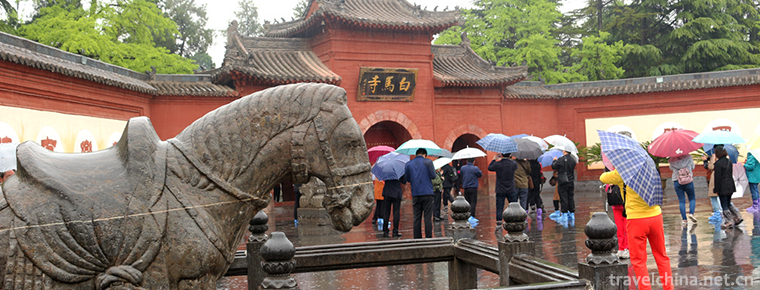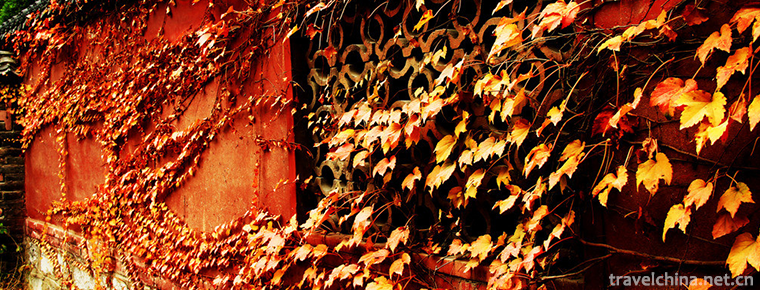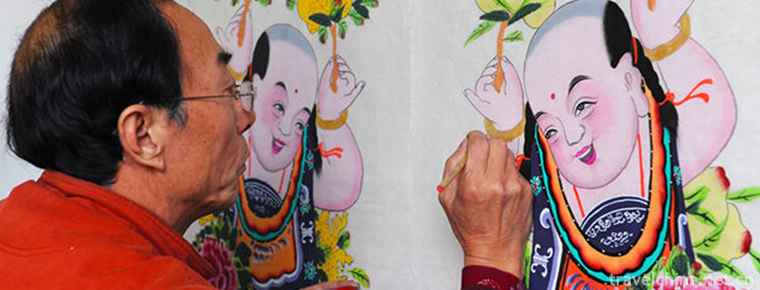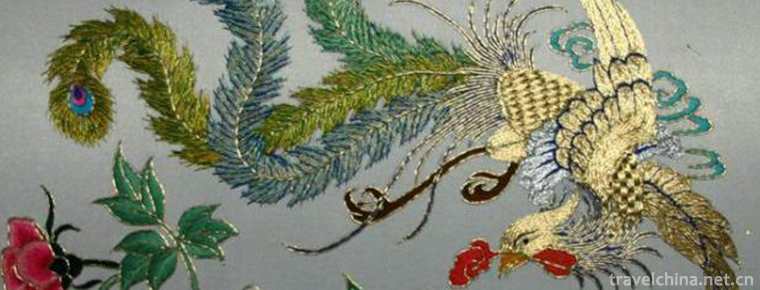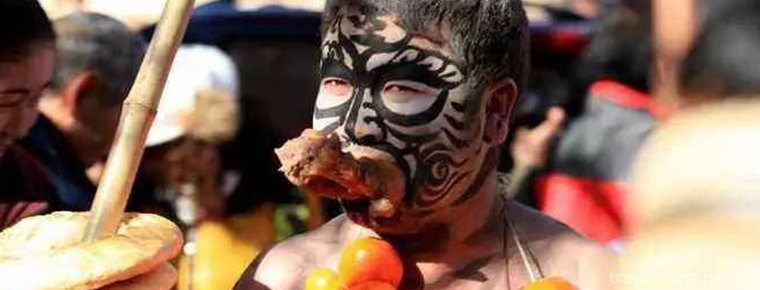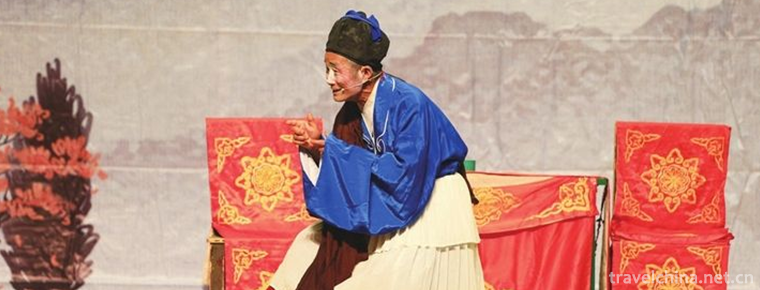Tajik Marriage Customs
Tajik Marriage Customs
On the Pamir Plateau, which is more than 4000 meters above sea level, there is a Tajik people living in China. This is a people who can sing, dance and hospitality. Their life is full of mystery, and their wedding is unique. On the day of marriage, the groom lived at the bride's house. The next morning the two brides rode together. The groom was in front and the bride was in the back. They returned to the man's house. Whose door the road passes by, the hostess will bring a bowl of butter and milk to the groom to drink, and spread flour on him to express congratulations. When she arrives at her mother-in-law's house, her mother-in-law puts a new towel on the door, and the couple steps on the towel to enter the door, indicating that they will start a new life henceforth.
On June 7, 2008, Tajik marriage customs were approved by the State Council to be included in the second batch of national intangible cultural heritage list.
Love
When the feelings developed to a certain extent, the young man quietly gave the girl a pair of earrings, the girl carefully embroidered a "embroidery bag" to the lover. Sometimes when a young man goes to a distant place to graze, the girl sews a small bag with two pieces of floret cloth and carries it with a burning matchstick, expressing her yearning, which means that she is worried. When the boy received it, he immediately returned a yellow cloth bag with a red seam, containing some small yellow stones with almonds and hair. Meaning: I miss you, too. My heart is heavy. Seeing hair is like seeing me. My heart belongs to you.
Be engaged
At the time of engagement, the young man did not go to the girl's house, but went to the girl's house with gifts from his father, brother, good friend and a female relative. The gifts he brought must have a bright and beautiful red scarf four meters long. At the end of the engagement ceremony, he put it on the girl's head to show that the girl had a spouse. Two days before the marriage, the two sides began to treat all relatives and all the men, women and children in the village warmly, and accept their congratulations. Every guest should take a little flour and sprinkle it on the wall of her host's house to show her good luck. Tajik brides are sweating heavily. On the eve of their marriage, Tajik girls are confined to a tight little room and covered with thick quilts until they are sweating heavily. They think that after doing so, the bride will look more beautiful and moving. Therefore, in spite of being quite miserable, the girls who are going to be brides are still very willing to accept the test and to suffer the hardship in order to be beautiful and attractive.
Marry
When the wedding ceremony is held, the bride and groom should be sprinkled with flour. The bride and groom should also sprinkle some flour on each other. Then they should eat some meat, sacks, salt and water together. They believe that after this ceremony, the bride and groom will love each other, live in harmony and grow old together.
The Tajik bride has a unique dress. She wears a colorful national dress, high boots and her elaborate embroidered cap. He wore a scarf four or five meters long on his head and a veil over his face. The groom's head is wrapped with a yarn made of red and white silk cloth. Red represents butter and white represents milk, which indicates the happiness of life in the future.
The Tajik wedding will be held for three days, lively and solemn. On the first day, the bride and groom are to dress up and prepare in their own home. Both men and women are busy and happy. The bride and groom have to choose their company. In addition, the dress is also quite exquisite. In addition to wearing national characteristics, it is important to wrap red and white cloth around the groom's head, which is an important symbol of the groom. The bride should wear a ring with red and white handkerchiefs, which symbolizes auspiciousness and happiness.
The next day, the wedding reached its climax. The groom rode on a big horse and was escorted by relatives and friends. Play a national musical instrument and come to the woman's home to greet her relatives magnificently. When welcoming relatives, the man should prepare a gift - a fat sheep, to the woman's home. When the welcoming troop comes to the woman's door, her parents and relatives and friends will greet the welcoming troop at the door. At this time, the bride's girlfriend on behalf of the bride to the groom on the plateau of the most pure, nutritious bowls of milk put cream, the groom drank in public, to accept the woman's affection and sweet love.
After the groom dismounts, the bride's grandmother will sprinkle some flour on her grandson-in-law's shoulder to express her blessing. May the two young people respect and love each other and grow old together. After entering the house, the groom will present gifts to the veiled bride and exchange rings with the bride with red and white stripes. Afterwards, the bride's parents will bring out plentiful food to entertain the bridegroom and his relatives. After people finished eating and drinking, they began to hold horse racing, holding sheep and other recreational activities unique to the plateau. Young men and women who are good at singing and dancing play Eagle flutes and drums, and the atmosphere of joy reaches its climax.
Although the bride and groom have received their marriage certificate, they also hold a religious ceremony in the evening - "Nika". Amu wanted to marry the young couple and pray for them. He also drank a bowl of saltwater to symbolize that their love is eternal. The bride's parents should also bless the young couple who are going to establish a family and live independently, and give gifts to their son-in-law.
On the third morning, the bride and groom will ride a horse to the man's house. On the way, accompanied by young men and women play various instruments, singing and dancing. When the horse arrived at the door, the mother-in-law who had been waiting there would personally bring two bowls of buttered milk to her daughter-in-law, and the daughter-in-law who was riding on the horse could not dismount until she had finished drinking. From the place of dismounting to the bridal chamber, the red blanket has already been laid. The bride walks into the bridal chamber on the red blanket, indicating the beginning of a happy and sweet new life. On this day, many guests came, men and women singing, dancing and entertaining, until the sun set, people reluctantly left.
On the third day after the wedding, the mother's family will come to present gifts and meals, saying that they still remember their daughter. The man should also give a gift to each of his mother's family to express his gratitude. After these rituals are over, the bride can unveil her face and begin her normal family life.
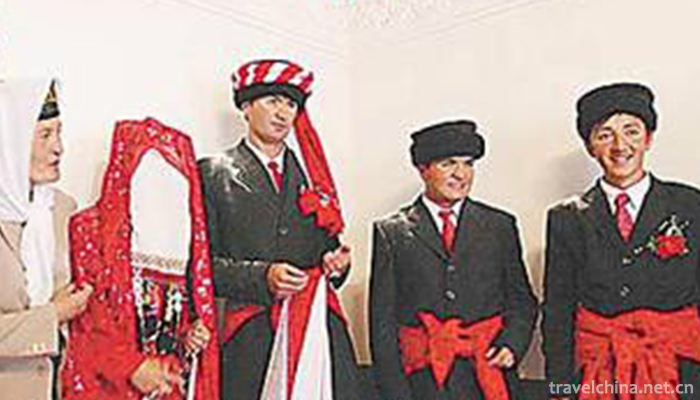
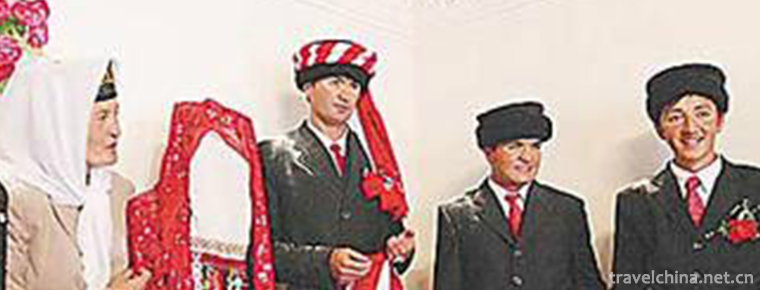
Tajik Marriage Customs
-
Jianmenguan Scenic Area
Jianmenguan Scenic Area is one of the national AAAAA class tourist attractions, National Scenic spots, national key cultural relics protection units, National Forest park, national natural and cultura
Views: 233 Time 2018-12-12 -
Park hyatt Guangzhou
In Guangzhou Park Hyatt Hotel, a traditional Lingnan culture and Gourmet Tour is opened. Guangzhou Baiyue Hotel integrates Lingnan's long history and culture with Baiyue's delicate modern
Views: 177 Time 2018-12-16 -
White Horse Temple Baima Temple
Baima Temple is located in Baima Temple Town, Luolong District, 12 kilometers east of the old city of Luoyang City, Henan Province. Founded in the eleventh year of Yongping in the Eastern Han Dynasty
Views: 218 Time 2019-01-02 -
Liao Zhai City
Liaozhai City was invested and built by Pujiazhuang, Zichuan. It is a large-scale famous garden scenic area with gardens as its manifestation and Liaozhai stories as its theme
Views: 183 Time 2019-01-30 -
High Density Gray Spring Festival Pictures
Gaomi gray-flushing New Year painting, also known as "folk freehand painting", is one of the national intangible cultural heritage of Gaomi folk traditional art in Shandong Province.
Views: 158 Time 2019-04-30 -
Kazakhstan 62 Kwohner
Kazakhstan 62 Kwohner 62 Kwohner is Kazakh folk classical music, which means "62 suites". It is a comprehensive art mainly composed of instrumental music, accompanied by folk songs, dances,
Views: 218 Time 2019-05-02 -
Han Embroidery
Han embroidery, one of the traditional embroidery techniques with Chinese characteristics, is based on Chu embroidery, which combines the merits of various
Views: 223 Time 2019-05-02 -
Eyebrow household
Eyebrow households, distributed in Shanxi, Shanxi, Shaanxi, Gansu, Western Henan and other provinces, also known as "Eyebrow Shao" or "confusion", are named for their euphemistic m
Views: 106 Time 2019-05-31 -
The Tu nationality in Yuqiu
Tu nationality, spread in Nianduyu Village, Tongren County, Qinghai Province, is a unique local folk culture form. It is held from November 5 to 20 of the lunar calendar every year. It includes ceremo
Views: 229 Time 2019-06-23 -
Yongxiu Yaya Opera
Yongxiu Ya Opera originated in Wu Town, one of the four famous towns in Jiangxi Province. It was born in the late Ming Dynasty and Ganbei Bench Opera. Because all of its female characters were played
Views: 227 Time 2019-07-14 -
Leshan economy
In 2019, Leshan's GDP will reach 186.331 billion yuan, an increase of 7.6% over the previous year in terms of comparable prices. The industrial value increased by 24.288 billion yuan, with an increase of 24.288 billion yuan in the first value, and the second
Views: 357 Time 2020-12-17 -
Meishan mineral resources
There are 25 kinds of minerals in Meishan, mainly including coal, natural gas, iron, copper, lead, zinc, manganese, placer gold, glauberite, gypsum, bentonite, phosphorus, dolomite, cement limestone, magnesite, granite for facing, vein quartz, crystal, quartz sandstone,
Views: 277 Time 2020-12-18
